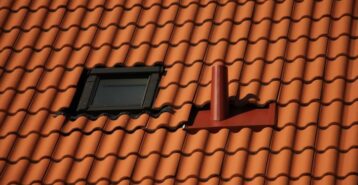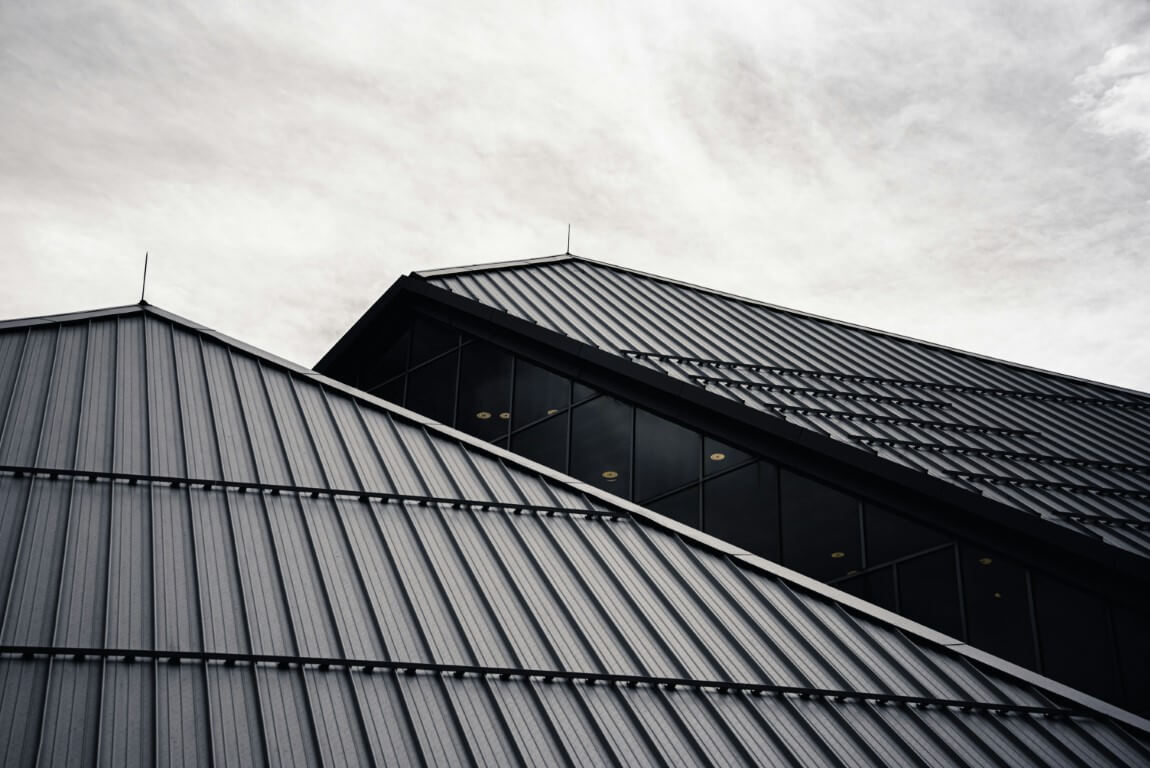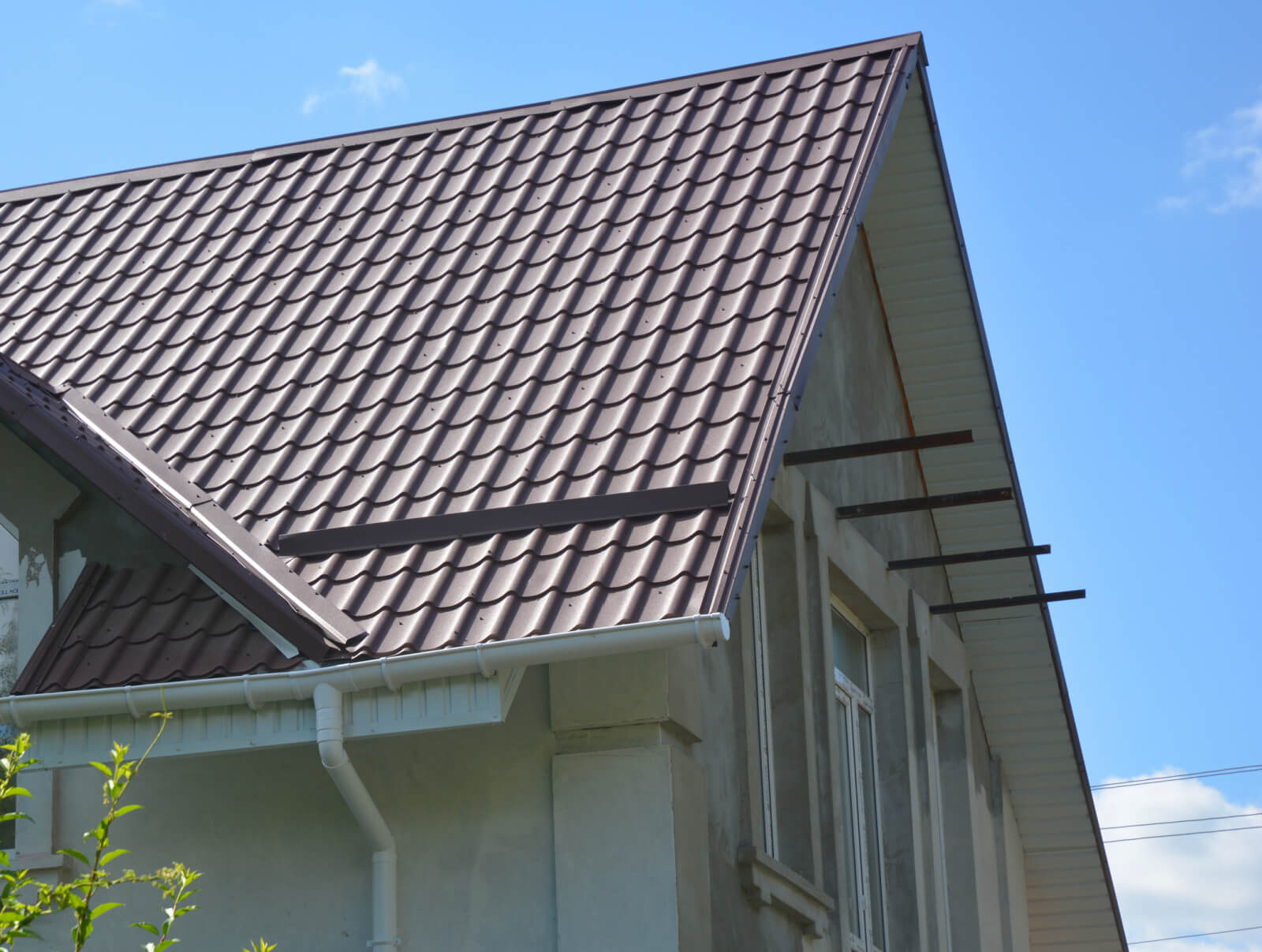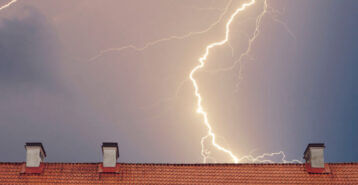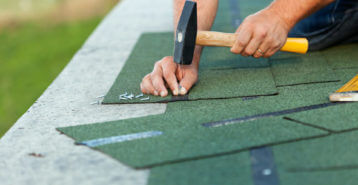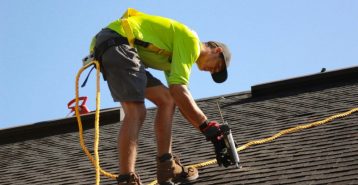How Much Does a Standing Seam Metal Roof Cost?
Installing a standing seam metal roof usually costs between $16,000 to $28,000 for a home with a moderately-pitched 2,000-square-foot roof. On average, expect to pay $8 to $14 per square foot, or $800 to $1,400 per square. However, if you opt for high-end materials like copper or zinc, installation costs can easily reach over $40,000 for a roof of this size.
Other cost factors include your location, roof structure, and whether your current roof needs to be removed. In some cases, a metal roof can be installed over asphalt shingles, which helps reduce tear-off and disposal fees. Reach out to local installers for quotes, but labor alone typically adds a few thousand dollars to the total cost.
Cost by Roof Size
While your roof’s size isn’t the only factor that determines how much a standing seam metal roof will cost, it’s one of the biggest factors.
| Roof Size (Square Feet) | Average Cost (Materials + Installation) |
|---|---|
| 1,500 | $12,000 to $60,000 |
| 2,000 | $16,000 to $80,000 |
| 3,000 | $24,000 to $120,000 |
Cost of Standing Seam Metal Roofs by Material
There are four main materials of standing seam metal roofs, each with different benefits and costs:
| Roof Material | Cost of Materials (per sq. ft.) | Installed Cost (per sq. ft.) |
|---|---|---|
| Steel | $3 to $6 | $8 to $16 |
| Aluminum | $4 to $6 | $10 to $17 |
| Zinc | $6 to $10 | $14 to $25 |
| Copper | $9 to $12 | $20 to $35 |
Now, let’s learn more about each type of metal roofing material:
Steel
Steel (galvanized or galvalume) standing seam metal roofs are made from a sheet of steel covered in a thin outer layer of zinc. These roofs are impact, corrosion, and fire-resistant, but the zinc coating may wear down over time, which can lead to rust.
On average, it costs $20,000 to $40,000, or $8 to $16 per square foot, to install a steel standing seam roof on a standard 2,500-square-foot roof.
- Average Lifespan: 40 to 55 years
- Installed Cost per Sq. Foot: $8 to $16
Aluminum
Aluminum roofs are one of the most affordable standing seam metal roof options. They are lightweight and paintable to easily match a homeowner’s style. These roofs are corrosion-resistant and easy to install but are not as impact-resistant as other options on this list.
The average cost to install an aluminum standing seam roof on a 2,500-square-foot roof is $25,000 to $42,500, or $10 to $17 per square foot.
- Average Lifespan: 40 to 60 years
- Installed Cost per Sq. Foot: $10 to $17
Zinc
Zinc is one of the most durable roofing materials available, lasting up to 100 years and resisting corrosion, scratches, and rust. It is eco-friendly, recyclable, and is great for areas with extreme temperatures. However, the color fades inconsistently, which some people don’t like.
The typical cost to install a zinc standing seam roof on a 2,500-square-foot roof ranges from $35,000 to $62,500, or $14 to $25 per square foot.
- Average Lifespan: Up to 100 years.
- Installed Cost per Sq. Foot: $14 to $25
Copper
Copper is one of the least common roofing materials due to its exceptionally high cost. However, it is very durable and corrosion-resistant, lasting up to a century.
The average cost to install a copper standing seam roof on a standard 2,500-square-foot roof is $50,000 to $100,000, or $20 to $35 per square foot.
- Average Lifespan: Up to 100 years
- Installed Cost per Sq. Foot: $20 to $35
Other Cost Factors
Several additional elements can affect the overall cost of your standing seam metal roof, including:
Panel Width and Gauge
Standing seam metal roof panels come in widths of 12 to 24 inches. If you choose narrower panels, you will need more of them, which can increase the installation time and overall cost of your roof. Wider panels use more material but take less time to install, so they usually cost less.
Additionally, thinner metal gauges (higher numbers) are generally cheaper but offer less durability. Thicker gauges (lower numbers), like 22- or 24-gauge, are stronger and last longer but are more expensive.
Lock/Attachment Type
Standing seam roofs have two types of locking systems: snap-lock and mechanically seamed. Snap-lock panels attach with fasteners, making them quicker and easier to install, which lowers labor costs. Mechanically seamed systems are more secure and weathertight, but they take more time and skill to install, raising installation costs.
Demolition/Removal of Old Roof
If your old roof needs to be removed before the new one is installed, you’ll likely pay extra for labor and disposal. In some cases, you can install a metal roof over an existing asphalt roof, saving time and money.
Inspections
Permits and inspections may be required depending on local regulations. While these add upfront costs, they help ensure the job is up to code and that your new roof is properly installed.
Underlayment
An underlayment sits beneath your shingles or metal roof and provides additional protection from the weather. Felt is the most common and cheapest underlayment material, but synthetic underlayment may offer better protection and durability.
Flashing and Trim
Roof flashing and trim are important for keeping roofs watertight. They protect roof edges, valleys, and areas around vents or chimneys. Although they increase both material and labor costs, they are essential for stopping leaks and ensuring a strong roof installation.
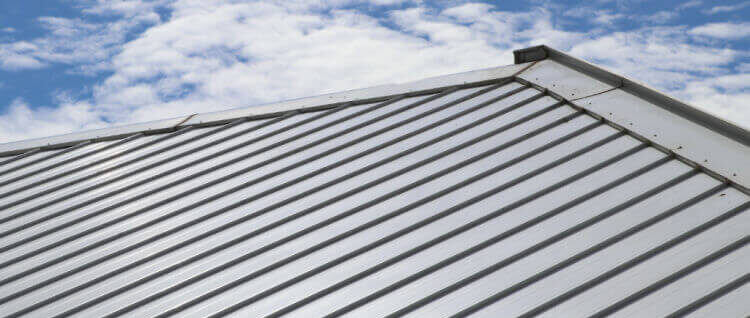
Saving Money on a Standing Seam Metal Roof
Standing seam metal roofs can be a major investment, but there are smart ways to cut costs without sacrificing quality. Here are some tips to help you stay within budget:
- Choose a Cost-Effective Metal. Opt for more affordable materials like Galvalume or galvanized steel. These options offer excellent durability at a lower price point compared to copper or zinc. Opting for a thinner gauge can also decrease the overall cost.
- Install Over an Existing Roof. If your local building codes and pre-existing roof allow it, consider installing the metal roof over your existing asphalt shingles. This can help you avoid demolition and disposal fees, which can add thousands to your total cost.
- Get Multiple Quotes. Always get at least three quotes from local roofing contractors. This helps you compare pricing to find the best value.
- Schedule During Off-Peak Seasons. Roofing work tends to be more expensive during peak seasons (late spring through early fall). If possible, schedule your installation during slower months to potentially negotiate better pricing.
- Maintain Your Roof to Extend Its Lifespan. Taking care of your roof helps avoid expensive repairs or early replacement. Keep gutters clean, inspect flashing regularly, and remove debris to preserve your investment.
Finding a Professional Installer
Ready to start the process of getting your new standing seam metal roof? Let Modernize help you find a reliable roofer. We’ll connect you with multiple local contractors so you can compare quotes.


